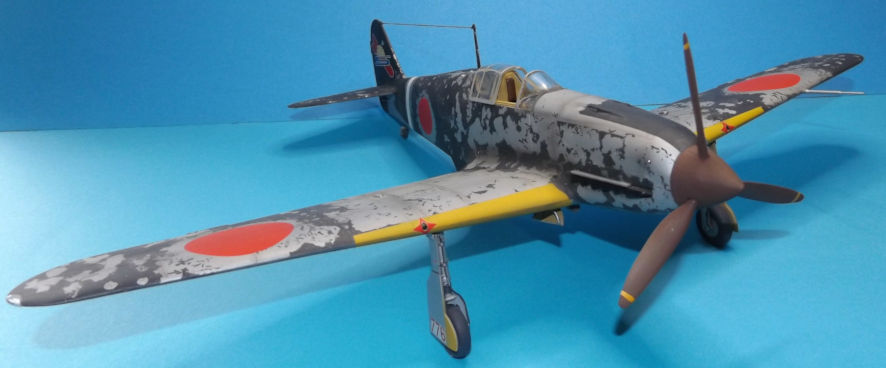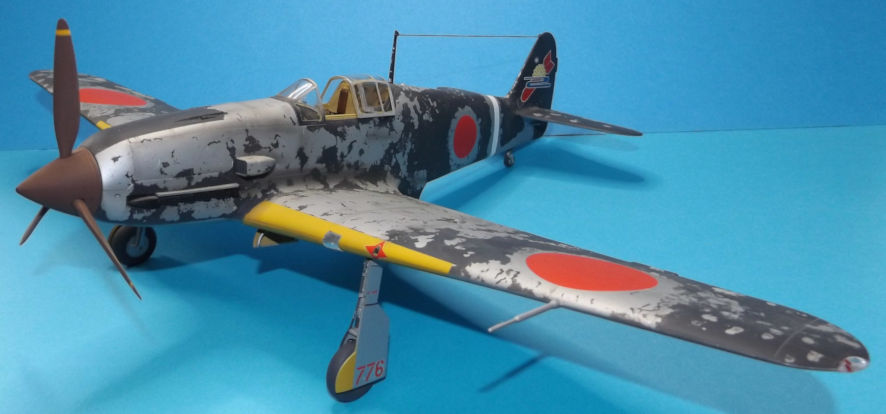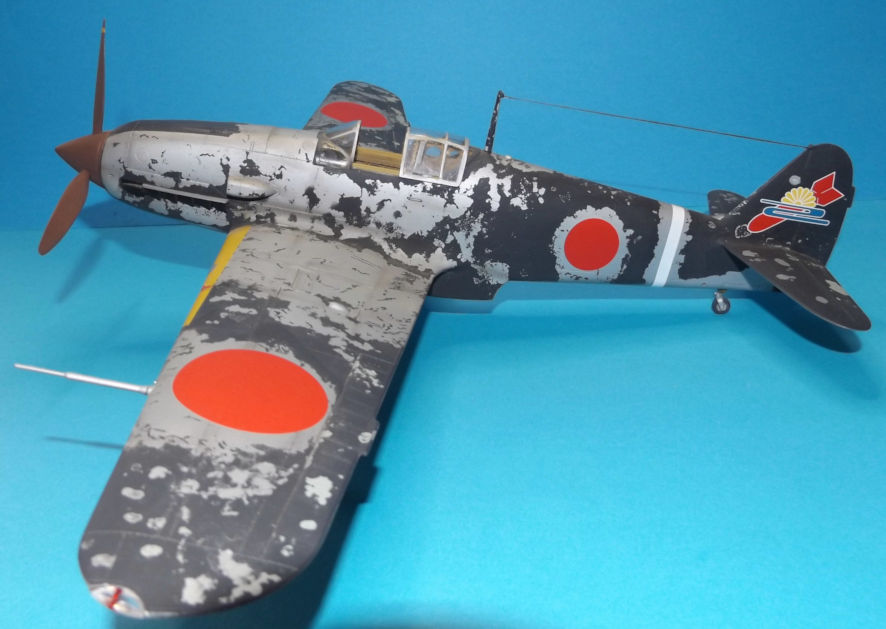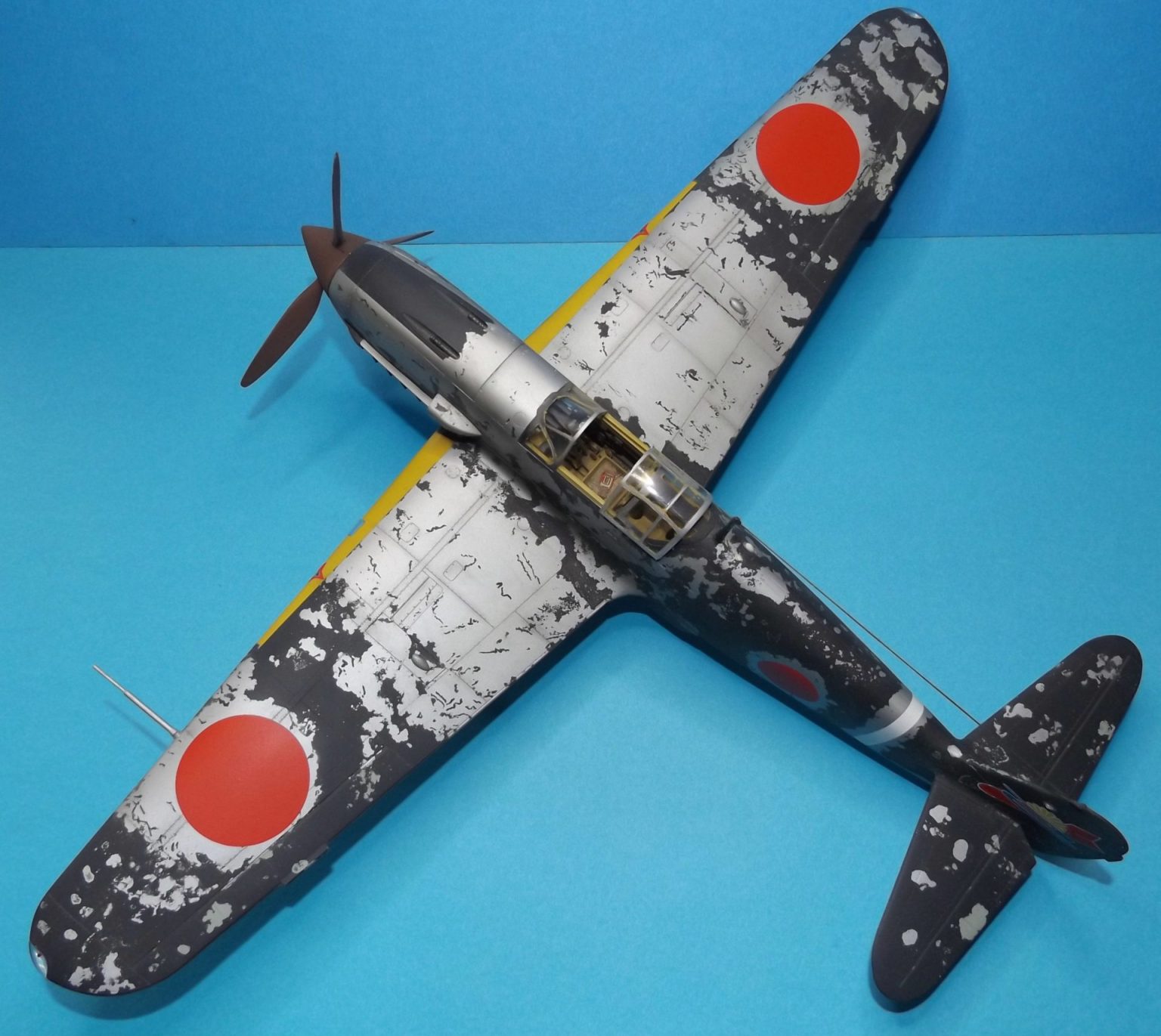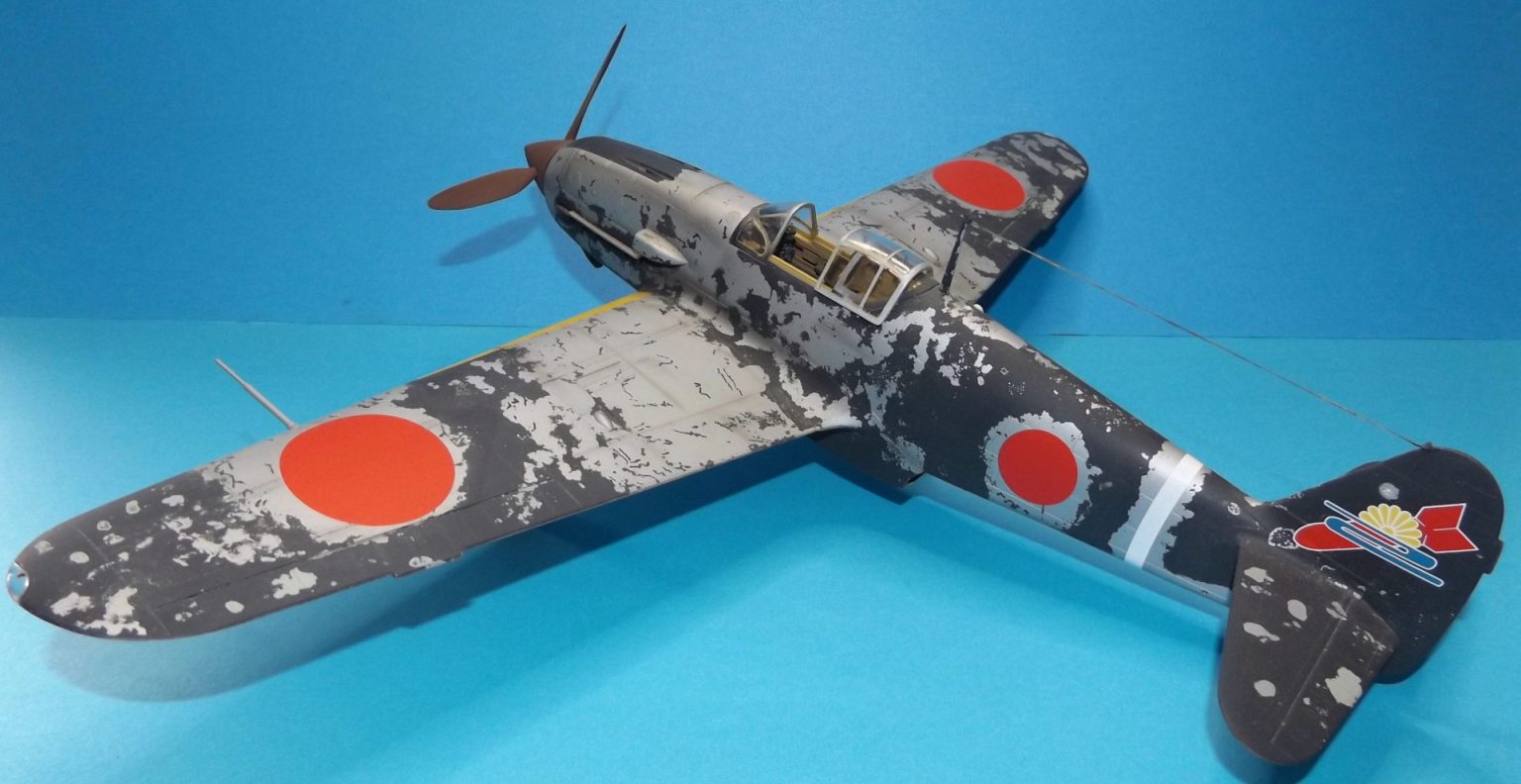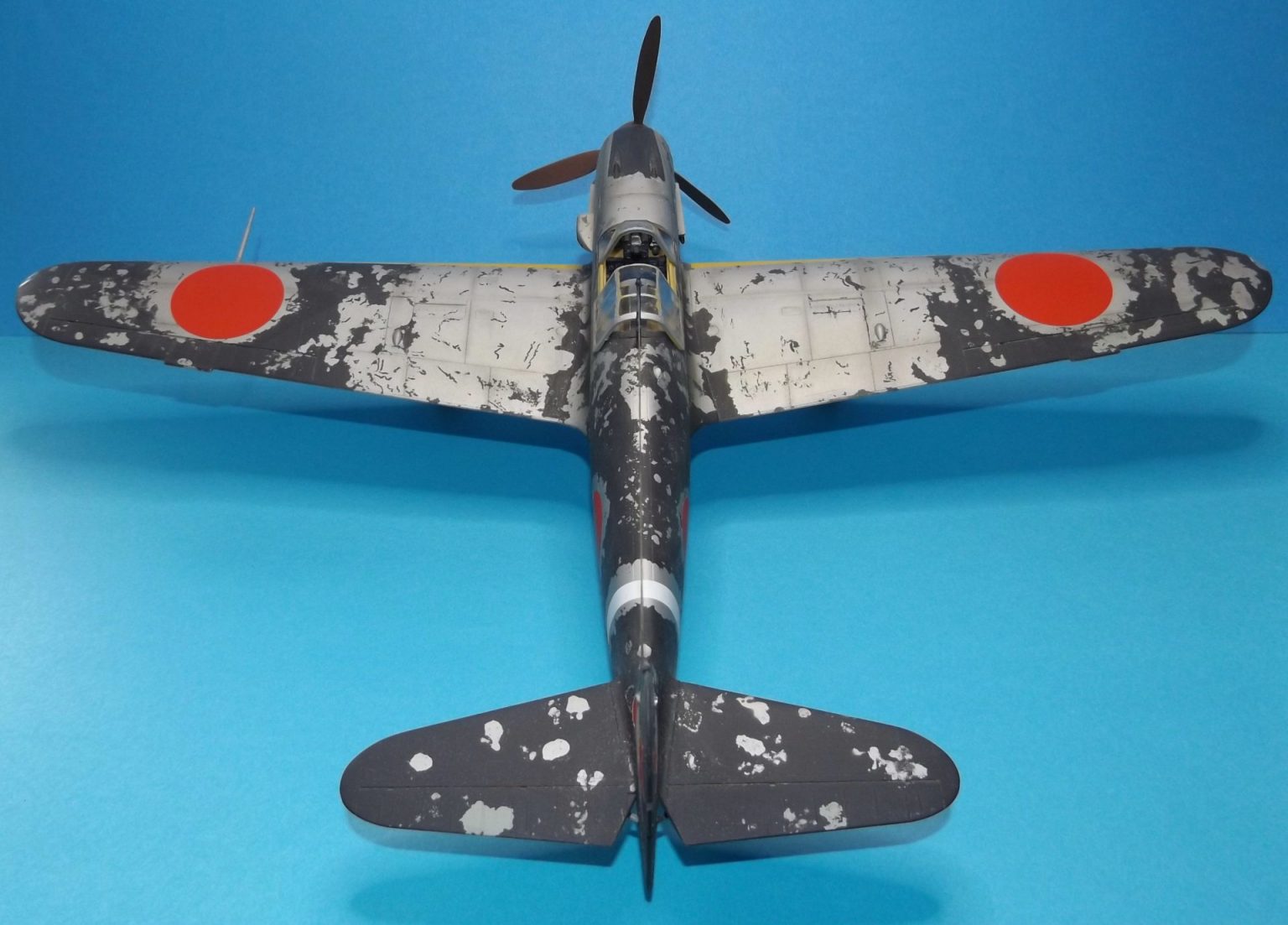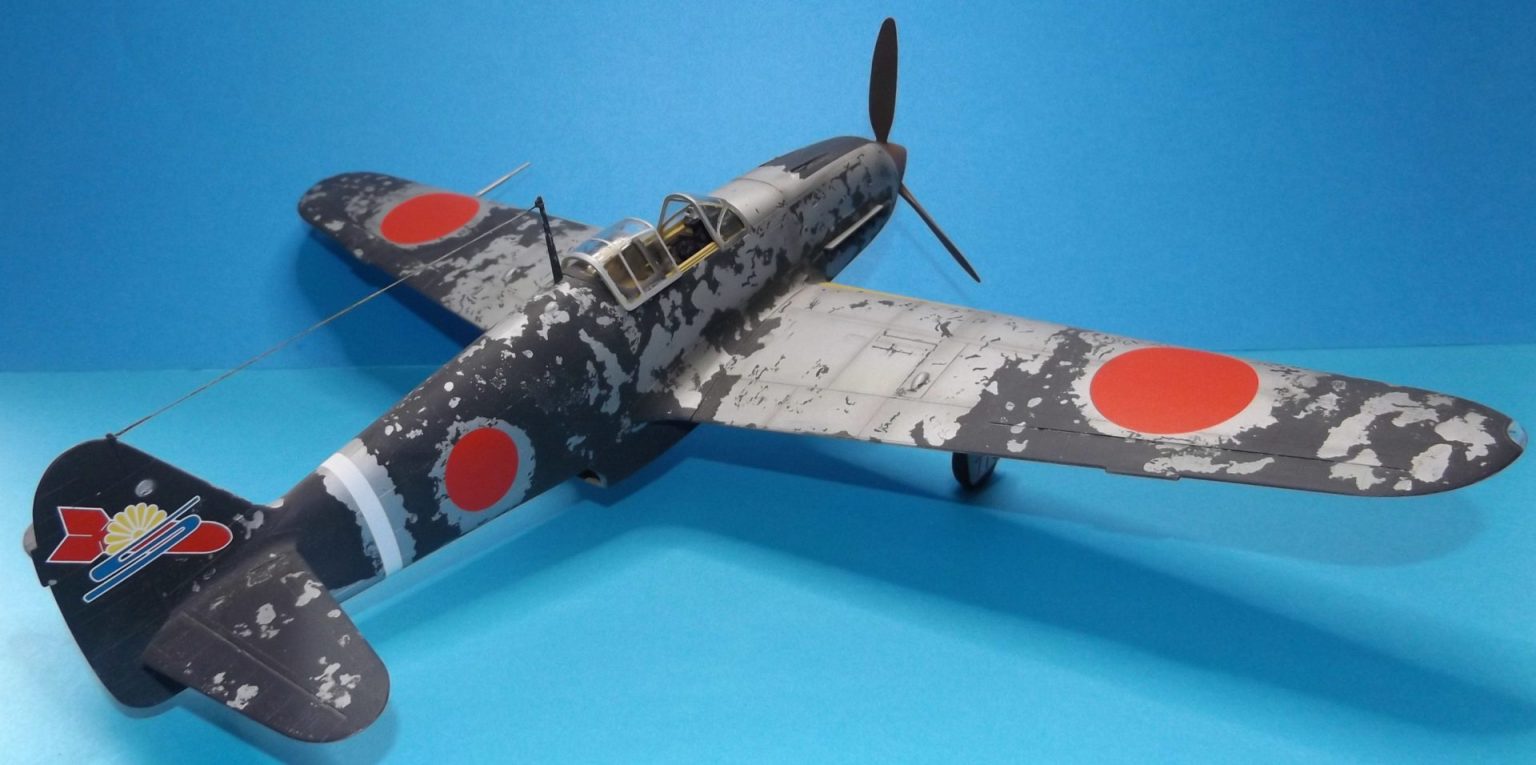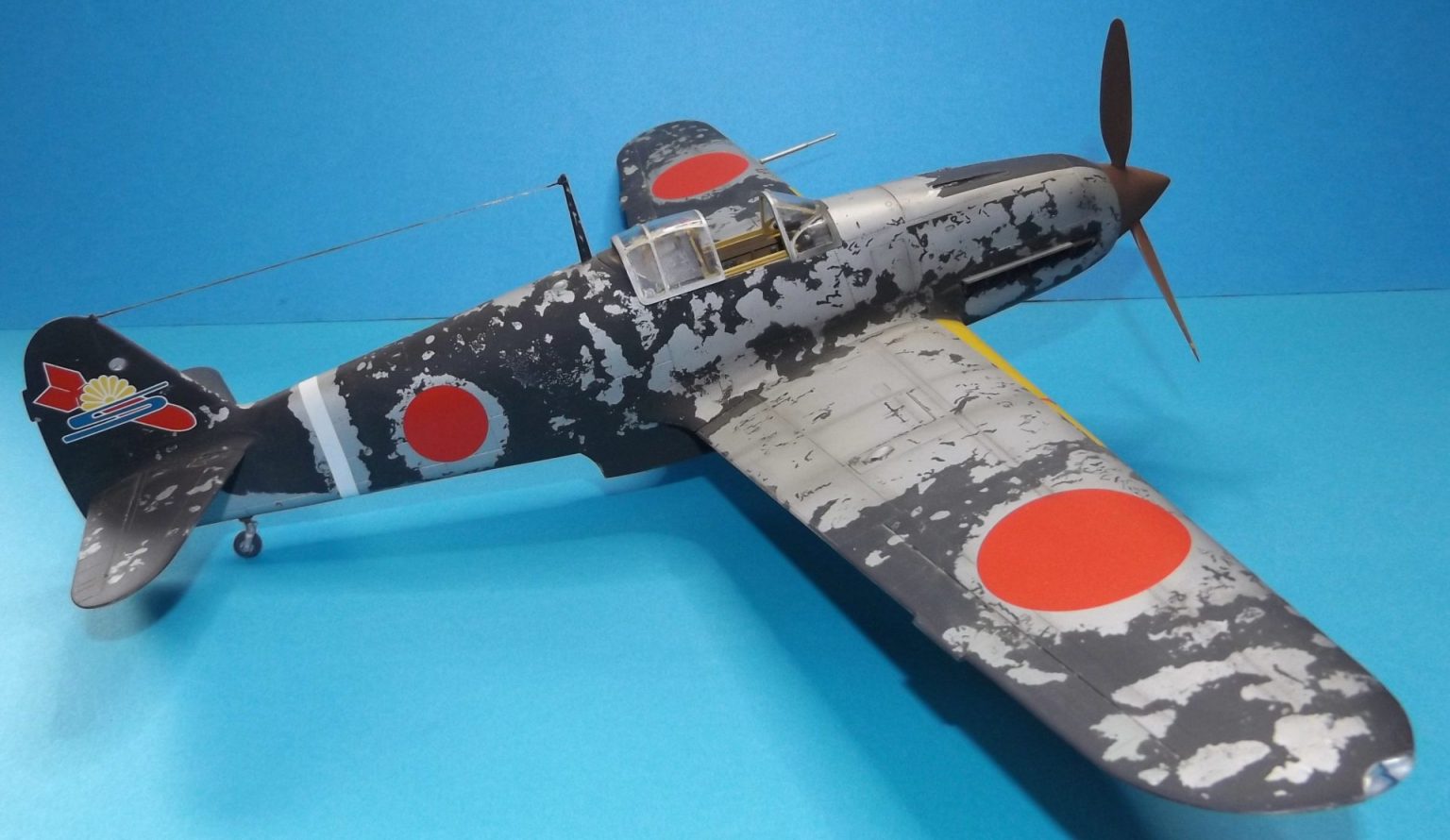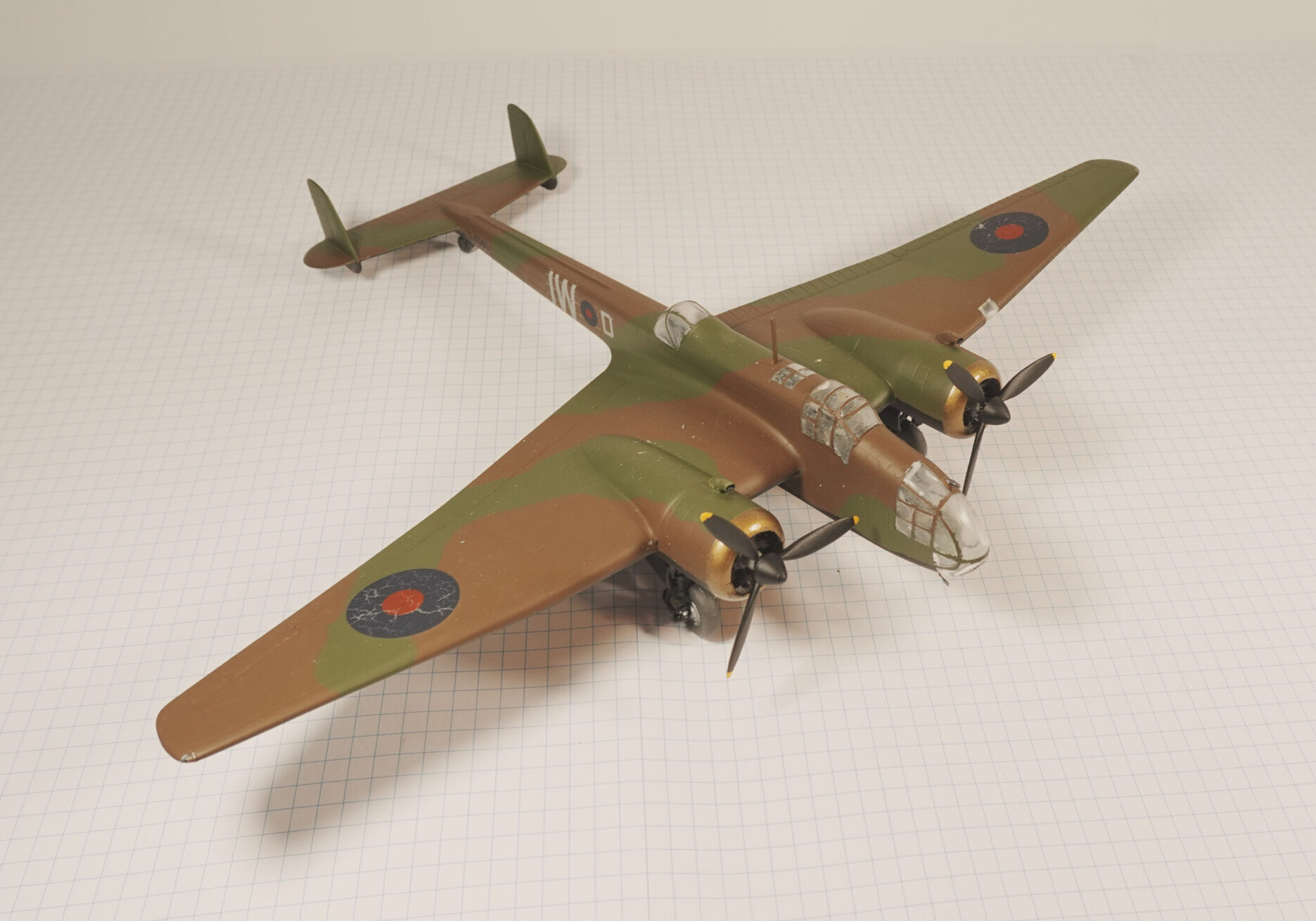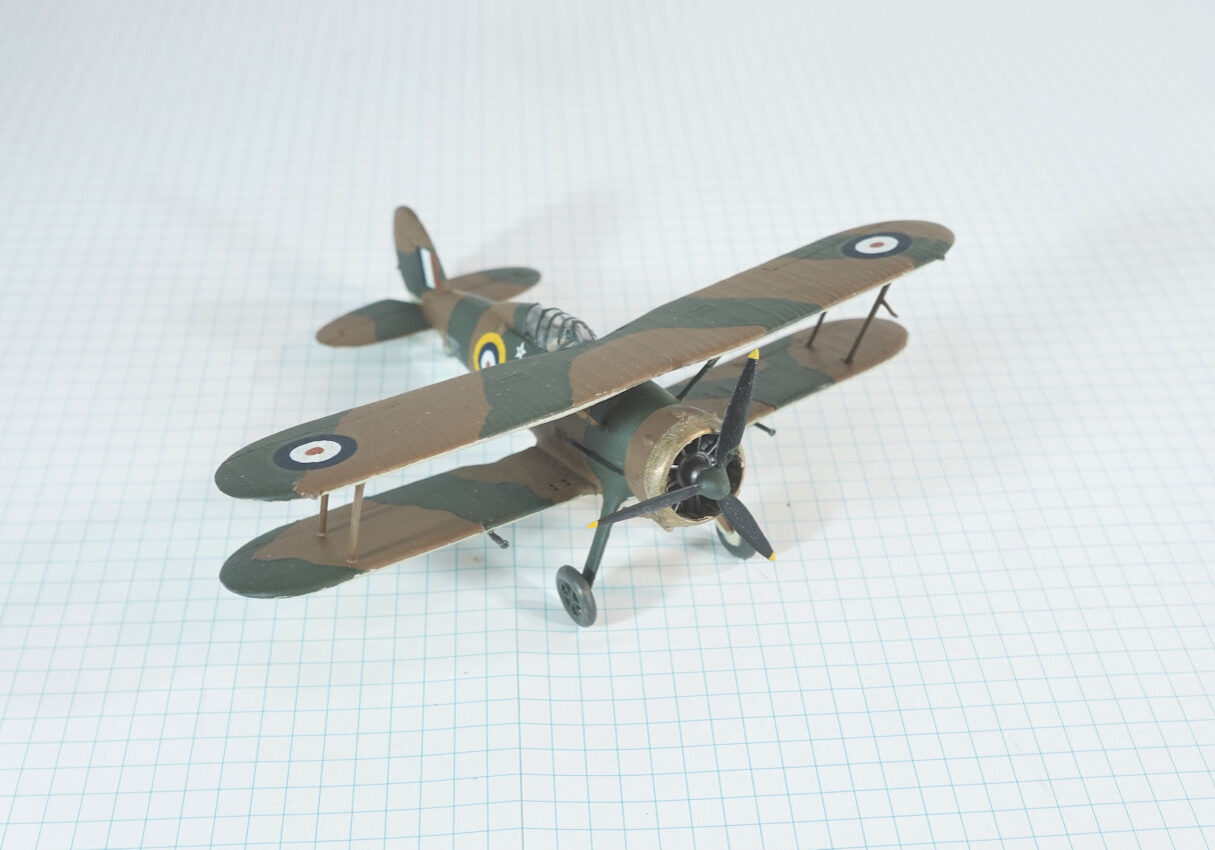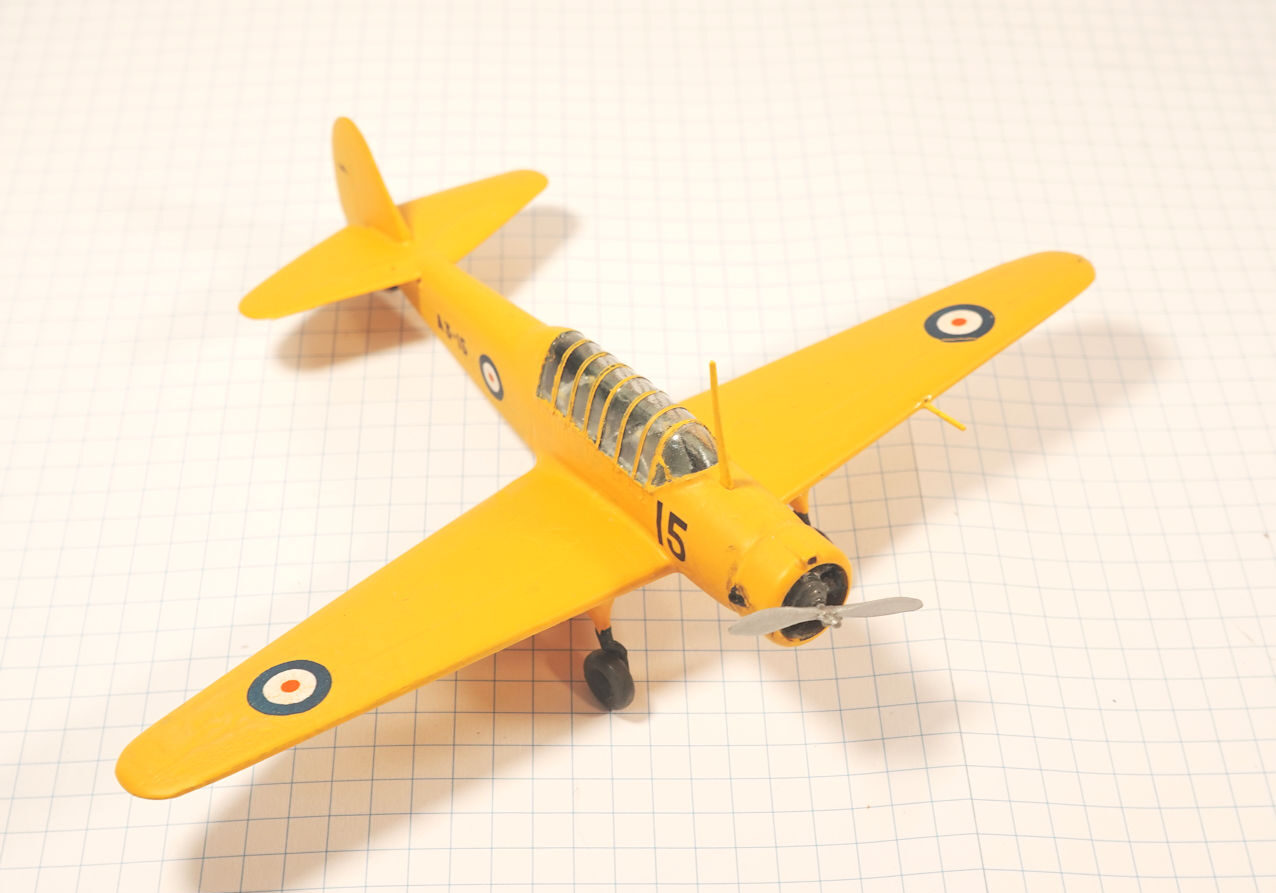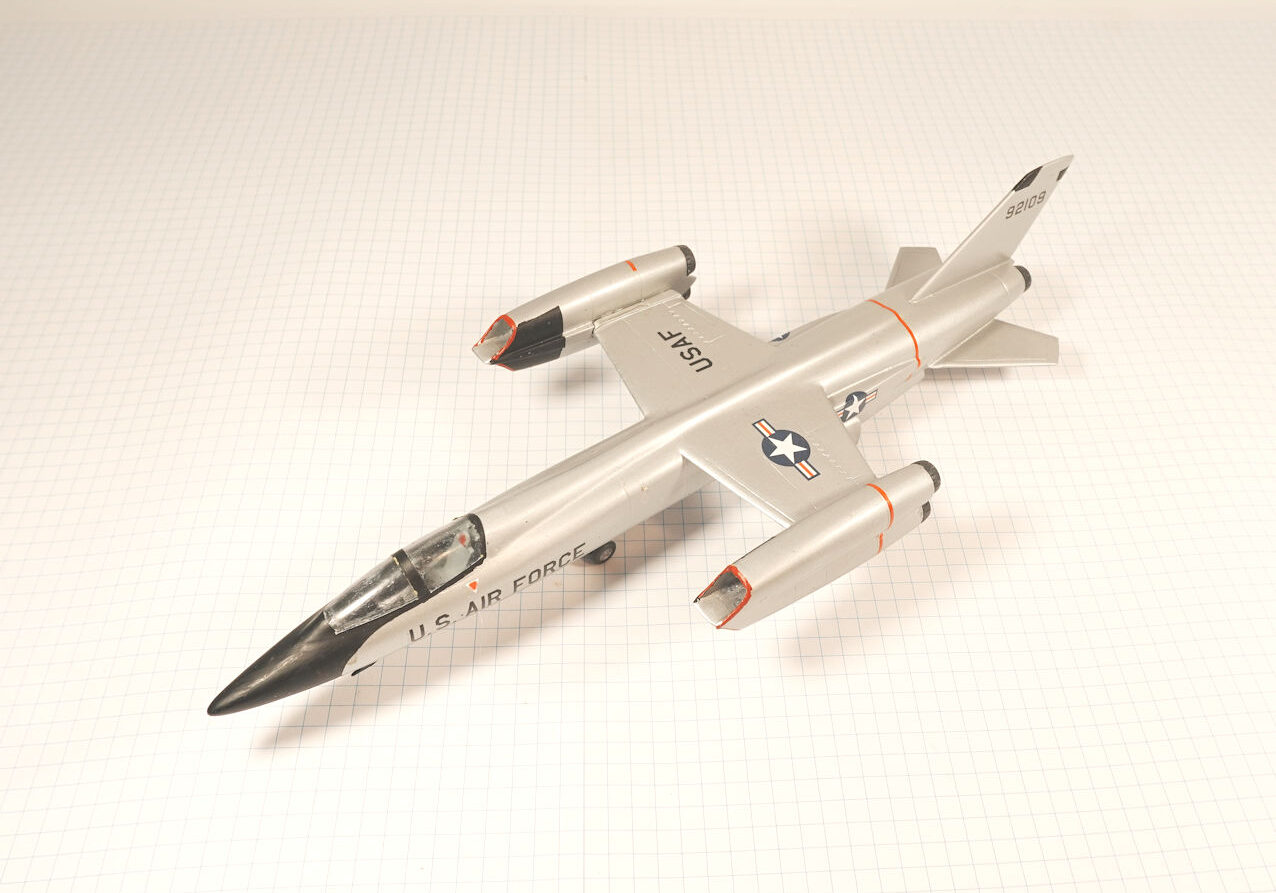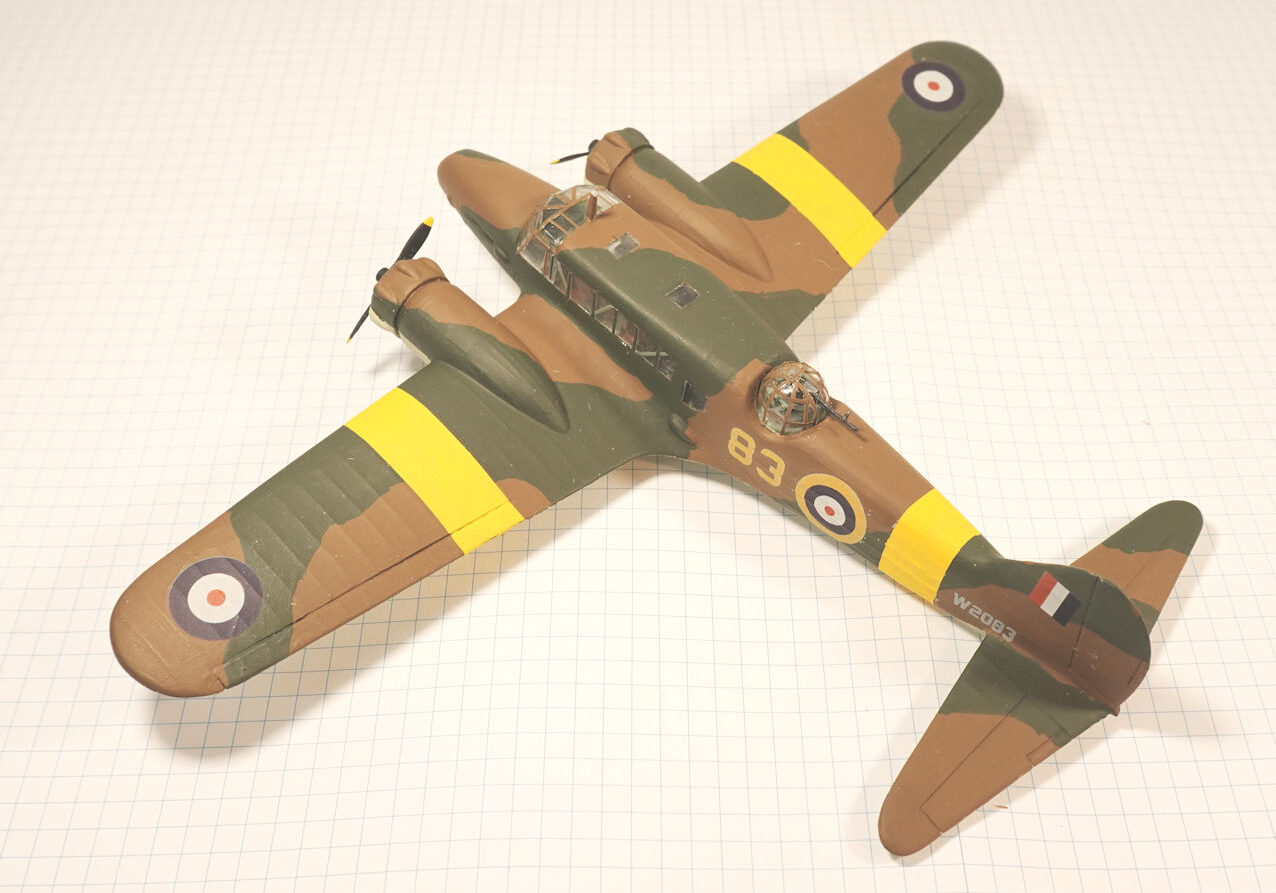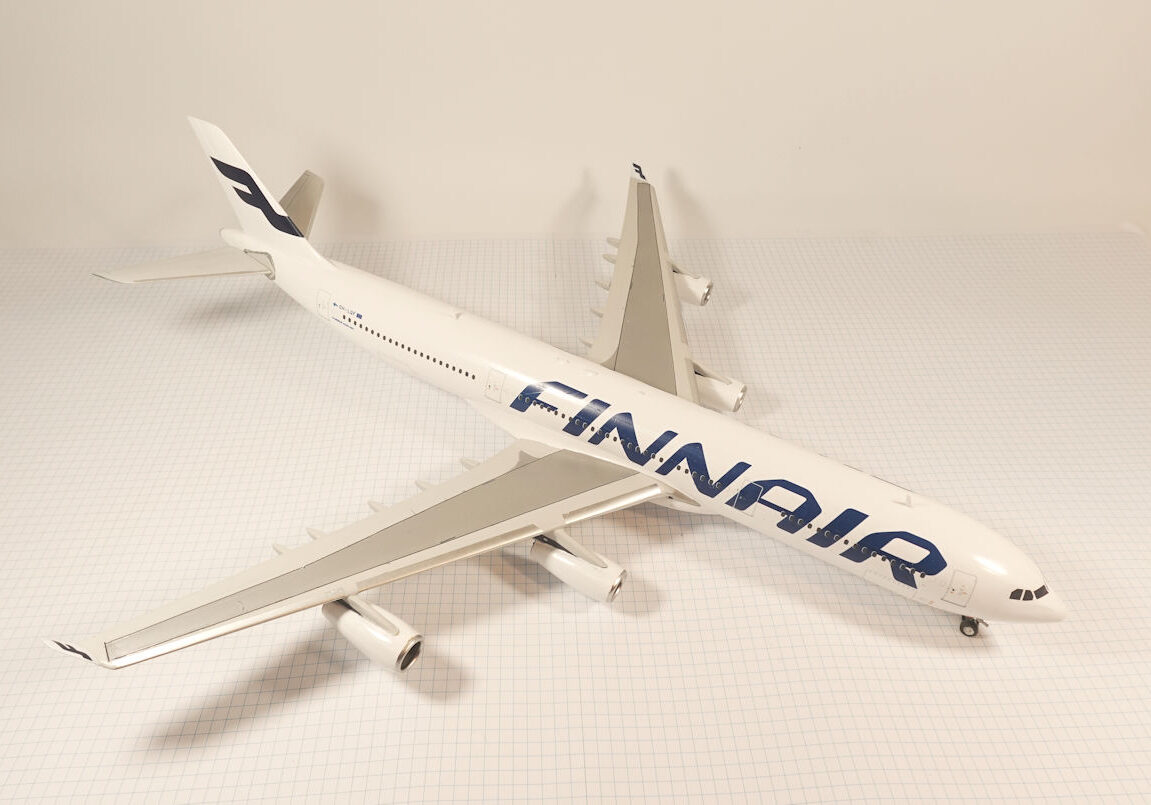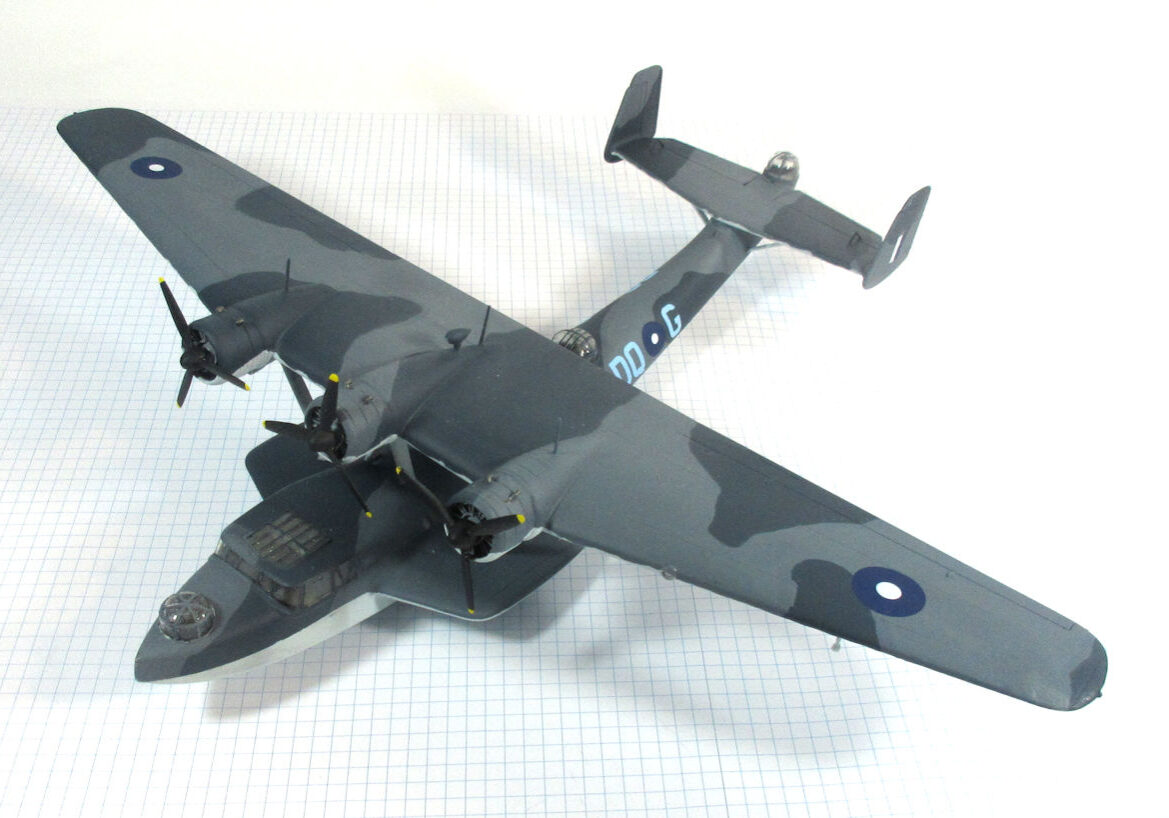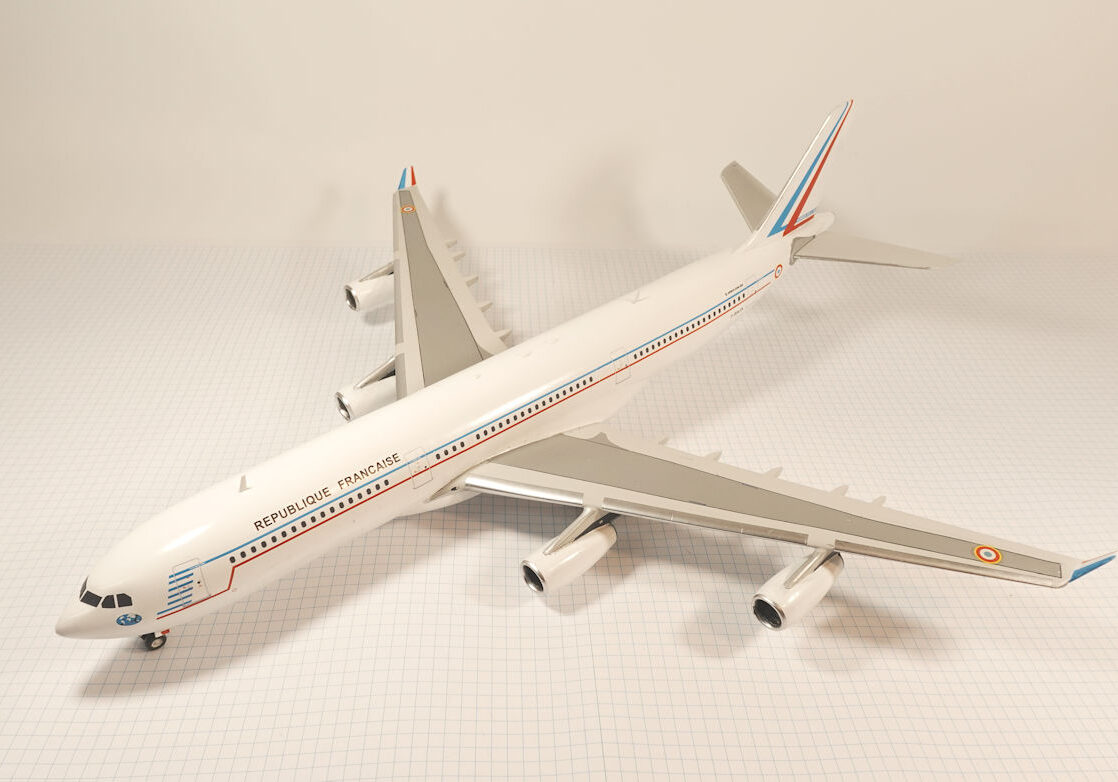History
The Kawasaki Ki-61 was the only mass produced Japanese fighter of World War II to use a liquid cooled in-line engine.
They were fast, manoeuvrable and heavily armed and armoured in comparison to contemporary Japanese fighters.
The Kawasaki Ki-61 was designed to meet a 1939 for a fighter to be built around the Kawasaki Ha40 engine, a licence built version of the German Daimler Benz DB601 in-line engine.
The first prototype flew in December 1941 but authorities were sceptical until test against other fighters showed it was faster than all the fighters it was tested against and more manoeuvrable than all but the Ki-43 fighter.
Over 3,000 Ki-61s were produced.
They began entering service in 1943 where Allies pilots at first mistook them for German or Italian aircraft.
They performed well but suffered badly as Allied air power increased and problems of engine maintenance and supply effected their performance.
These problems led to the development of a version with a traditional Japanese radial engine, the Ki-100, in 1944.
This model represents a Ki-61 of the 149th Shinbu:Tai, a unit formed towards the end of 1944 to attack American B-29 bombers by ramming them.
Hasegawa 1/32 kit completed by Wayne in 2020.
